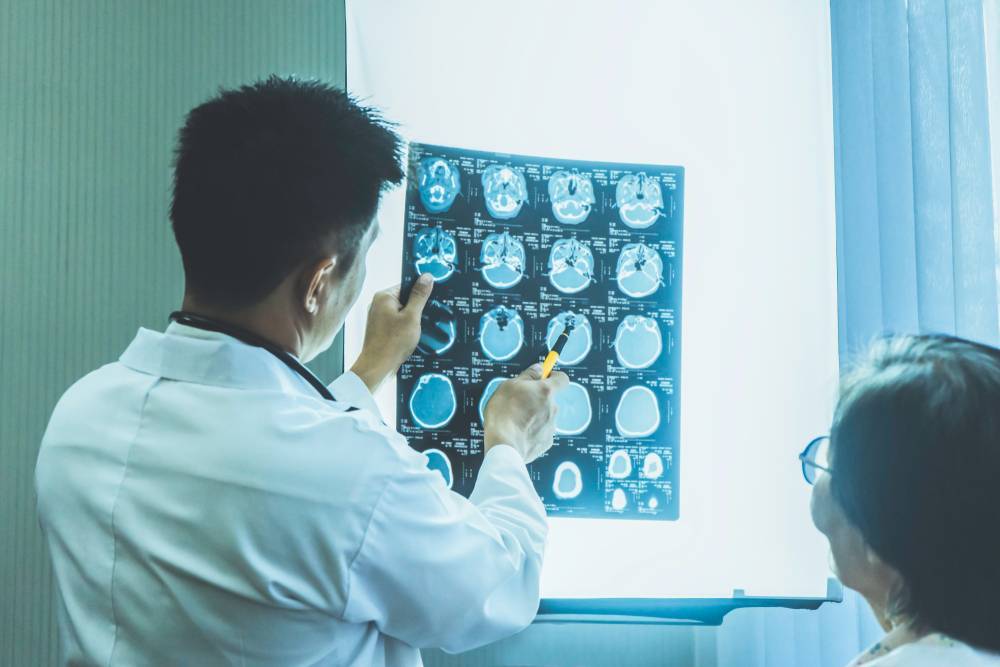Near-death experiences (NDEs) are phenomena often characterised by vivid visions, spiritual encounters, and a sense of tranquillity. They have long fascinated scientists, doctors and the public alike.
Whether it’s tales of ethereal white light or visits from departed loved ones, these captivating accounts have become deeply rooted in our cultural narrative. The striking similarities among these experiences have prompted scientists to delve deeper into understanding the essence of human consciousness, particularly as one approaches death.
Illuminating Study from the University of Michigan
A groundbreaking study conducted by a team led by Jimo Borjigin, Ph.D., associate professor in the Department of Molecular & Integrative Physiology and the Department of Neurology at the University of Michigan, provides early evidence of heightened brain activity correlated with consciousness in the dying process. The study, published in the Proceedings of the National Academy of Science, follows up on animal studies done nearly a decade ago. This exploration into the dying brain reveals intriguing ‘signatures’ of gamma activation (fastest brain activity linked with consciousness) that occur in both animals and humans upon the loss of oxygen following cardiac arrest.
The Paradox of a Dying Brain
Understanding how lucid experiences can arise from a dysfunctional brain during the dying process is an intriguing scientific enigma. This recent study contributes valuable insights into the underlying neurophysiological mechanisms of this paradox. The team closely monitored four patients who tragically succumbed to cardiac arrest while under Electroencephalogram (EEG) monitoring. All of them were comatose and unresponsive and were eventually determined to be beyond medical intervention.
Surprising Discoveries
Upon the removal of ventilator support, two of these patients exhibited a surge in heart rate and gamma wave activity. This is particularly observed in the brain’s ‘hot zone’ – the juncture of the temporal, parietal, and occipital lobes. Previous brain studies have associated this area with dreaming, visual hallucinations in epilepsy, and altered states of consciousness.
Limitations and Future Perspectives
Given the small sample size, the authors wisely caution against extrapolating these findings to all end-of-life experiences. Additionally, the subjective experiences of the patients remain unknowable due to their unfortunate passing. Nevertheless, this pioneering research sheds light on the complexities of the dying brain. It lays a solid foundation for larger, multi-centre studies. These future investigations, particularly those including EEG-monitored ICU patients who survive cardiac arrest, could yield crucial data to verify whether these bursts of gamma activity are indicative of hidden consciousness even near death.
In Search of the Neural Basis of Near-Death Experiences
The findings from this study resonate with the overall body of research on NDEs. This challenges our conventional understanding, which assumes the absence of consciousness during cardiac arrest. The high levels of organised brain activity observed in seemingly comatose patients suggest there is much more to learn about the dying brain. The researchers believe that these patients might not be beyond the help of future medicine.
In conclusion, this pioneering research on the dying brain provides a new lens through which we can begin to understand the complexities of human consciousness. Despite the lingering uncertainties and profound questions, the future holds promise for fully elucidating the neural basis of near-death experiences.

